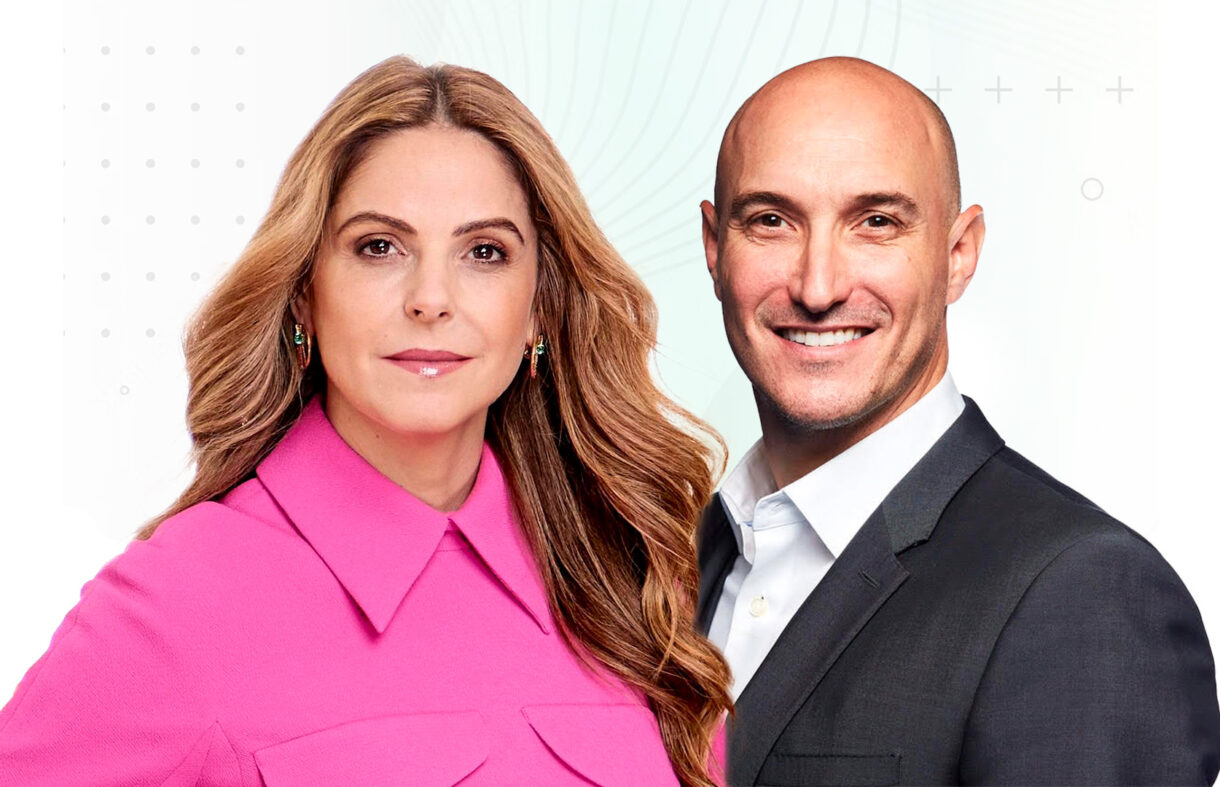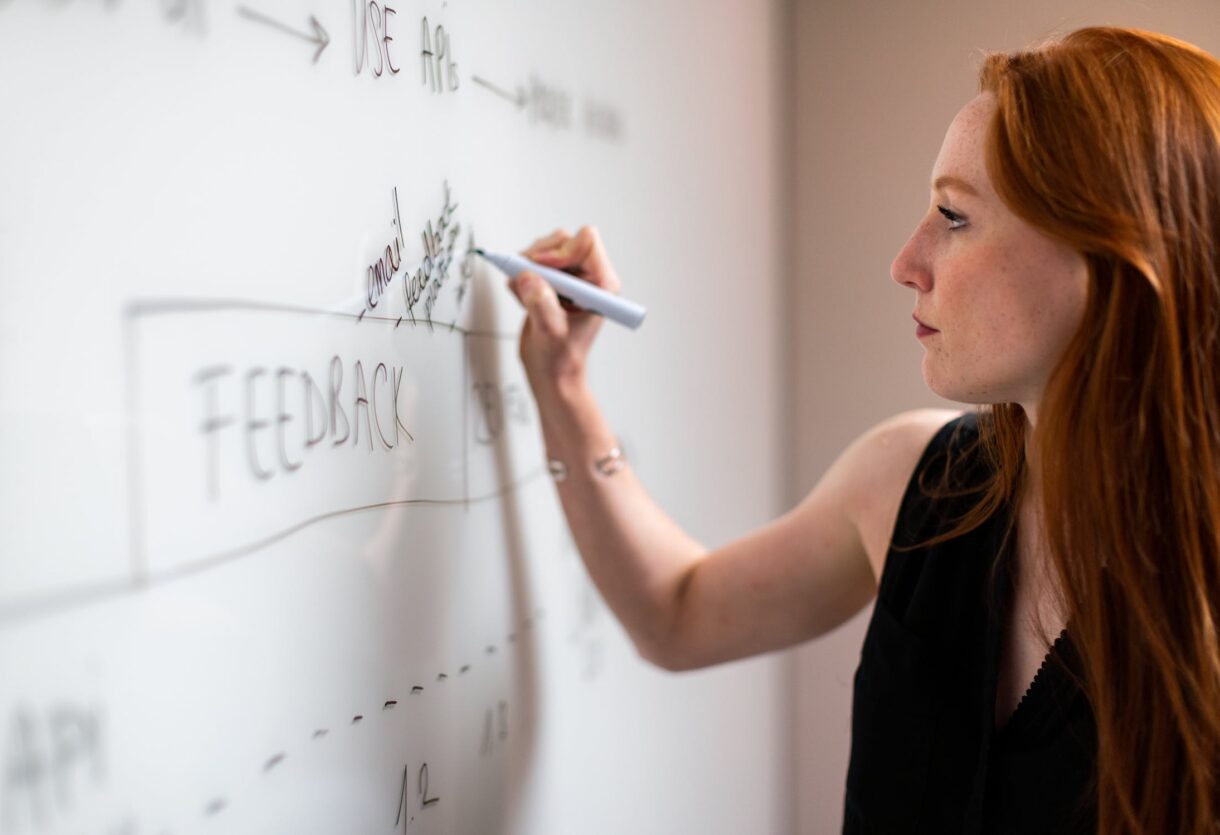We have entered an era of global connectivity in which networks predominate and our interdependence determines the direction and consequences of our actions.
Change agents continue to struggle with outmoded models, tools, and techniques –ones that were sufficient in slower and simpler times, but that are counterproductive when complex adaptation is the only viable survival strategy.
This interdependence requires human organizations and systems (HOS) – the independent public and private institutions of our culture, such as our schools, businesses, financial systems, and governments – to function as ecosystems do. While we are all familiar with these organizations and systems, we are not so familiar with the connections that hold them together, and this will be vital in this new era.
No longer can our systems operate as independent machines following the linear laws of Newtonian physics because in reality they are networked communities – complex, emergent, and nonlinear. This realization reveals what environmentalist-author Paul Hawken calls a “design problem” in our current systems: assumptions about how our institutions of society and commerce best function have become outdated and need to be transformed. To do this requires that we rethink our paradigm of change – because change is what we obviously are facing at this critical point in human history.
Facing Adaptive Strain
Until recently, the world has experienced rapid but turbulent technology-driven growth – the outcome of a worldview that has designed HOS to be highly efficient machines of production and commerce that convert human and natural resources into products and services. Mechanistic organizations function well during periods of relative stability and limitless resources, but they become dysfunctional in highly networked and interdependent environments with limited resources. Rigid, slow, and wasteful, today’s mechanistic organizations, and the systems they spawn, produce continuous waves of regional and even global destabilization. Consider the negative fallout from an antiquated U.S. automobile industry, or a justice system that favors incarceration over rehabilitation, or an educational policy based on old models of teaching and learning.
Out of necessity, our worldview is shifting beyond the principles of “industrial ecology” popularized in a 1989 Scientific American article by Robert Frosch and Nicholas E. Gallopoulos and toward an “ecology of human systems,” defined as a global web of unique and inseparable cultural, commercial, and environmental ecosystems that co-create an interdependent ecosphere.
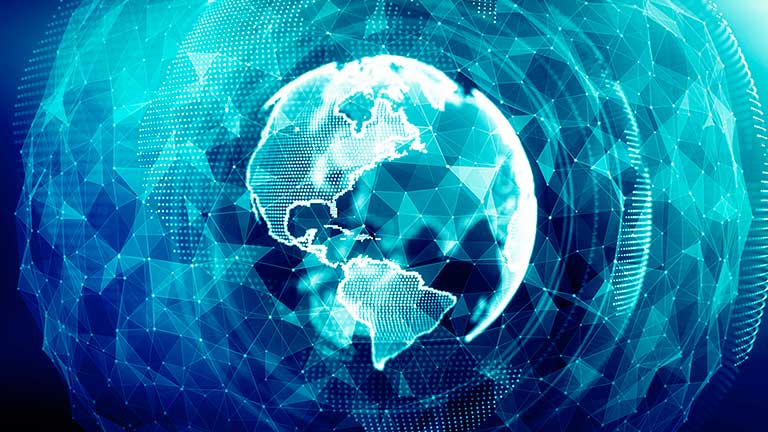
Unfortunately, faced with the need for widespread institutional change, we resist – either consciously or unconsciously – and prefer to wait until destabilizing external forces beyond our control impose change upon us. We hold tight to the existing status quo, continually reinforcing what isn’t working. In so doing, we ignore a level of organizational and systemic dysfunction that sickens the earth and produces human disengagement, cynicism, loss of trust, and, ultimately, resource and ecological depletion and a world on the brink of destruction. Resolving this global dilemma requires us to leave behind a mechanistic paradigm of change which assumes that change is a painful action of last resort, always externally imposed rather than systemically generated and only necessary when social, economic, or business systems start breaking down.
As outdated models are ripped off the moorings of their mechanistic worldview, a model of change that generates hope and opportunity is beginning to emerge (see Figure 1). It has the potential to empower us to meet today’s global challenges and improve human well-being, organizational longevity, and resource sustainability. We can use this model, which mimics nature’s ability to harness the creative tension between an existing status quo and an emerging future, to redesign our social and commercial systems in a way that allows all participants of the human ecosphere to contribute and prosper.
Context for Change

Figure 1. A visual metaphor of change in human and organizational system (HOS): Adaptive tension, produced by destabilizing events, generates the need for a new status quo through a process of adaptive change.
Based on a worldview in which HOS operate more like our bodies or a prairie ecosystem than a well-designed machine, a multidisciplinary paradigm of adaptive change in sync with the processes of the natural world has developed at the intersection of physics, complexity theory, biology, psychology, ecology, neuroscience, and cosmology. Many thought leaders are authoring this new story of change. Margaret Wheatley, Fritjof Capra, and Peter Senge have described its leadership and processes.
To feel as though everything is ‘up in the air’ . . . is endurable if it means something – if it is part of a movement toward a desired end.” Combining both the transactional and transformational aspects of adaptive change creates a model that we can apply to any HOS.
Daniel Quinn, Paul Davies, and the late Gregory Bateson have brought a cultural and cosmological perspective. Paul Hawken and Janine Benyus are its ecologists. Ray Anderson and Thomas Friedman contribute to the business side. Kevin Kelly is one of its leading technocrats. Through their work, we now understand that “adaptive strain” (in engineering and physics, this refers to the tension within structures and/or functions that result from destabilizing events) is inherent in the interactions between human systems and their environments and that this tension is resolved through a natural process of “adaptive change.”
Unlike in nature, however, the magnitude of adaptive strain in HOS depends upon (1) the presence or the absence of a clear vision for the future, and (2) the conscious recognition that change is necessary for survival.
Adaptive Change Process
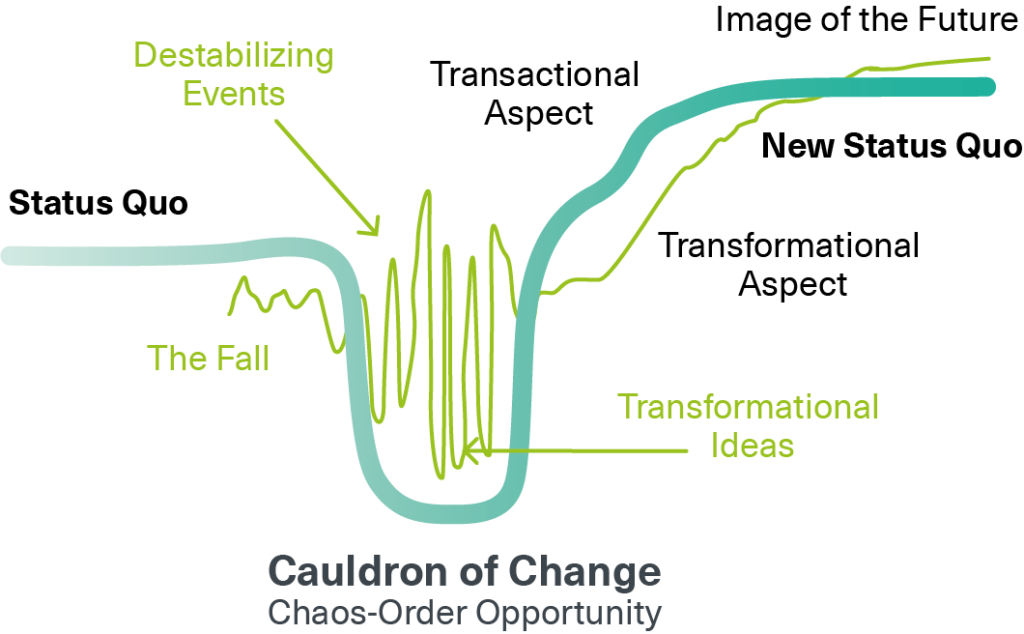
Figure 2. The process of adaptive change contains two components: the psychological trajectory of transformational change (in blue) and the procedural or structural trajectory of transactional change (in red). For both, destabilizing internal and/or external events generate adaptive strain and move the system away from the existing status quo, introducing a period of turbulence and disengagement. This creates a container, or cauldron, in which the system can self-organize by producing innovative ideas that generate psychological/ideological and structural/functional change. New patterns of action, behavior, and thought emerge as the system reintegrates back into the larger ecosphere.
From Strain to Change
Nature is a living system that uses adaptive strain to sense, test, and adapt to a constantly changing environment in order to maintain and co-evolve a healthy, self-sustaining ecosystem. A commonly cited example is the Blue Tit, a bird that adapted to the introduction of foil tops on milk bottles that were previously uncapped. The adaptive strain that the birds experienced arose from the loss of access to a nutrient-rich food, milk. The adaptive change was that they figured out how to get past the foil, producing a wave of species-specific learning that quickly spread across the English countryside and caused the “bird–milk bottle system” to evolve. The “adaptive clue” that initiated and maintained change was the observation of birds that knew how to open the new caps (the “modelers”) by the birds that did not (the “imitators”). As more birds learned this skill, the adaptive strain gave way to a new status quo, and the system returned to a state of relative equilibrium.
“You can’t build an adaptable organization without adaptable people–and individuals change only when they have to, or when they want to.”
Gary Hamel
American management expert
Two aspects of the adaptive change process are critical when considering HOS. First, the “transactional” aspect of adaptive change – the tangible processes and outcomes of change – are what we are most familiar with. For each Blue Tit, the transactional aspect of change involved watching another bird successfully open a milk-bottle cap and then learning the process itself. For organizations of commerce, the transactional aspect of change might be to understand and respond to events in the marketplace in order to remain competitive. For schools, the transactional aspect of change might involve monitoring local demographics to determine staffing needs. And so on.
Second, the “transformational” aspect of adaptive change refers to the emotional, psychological, and spiritual effects that change has on individuals. Although these are often disruptive, they also contain the seeds of successful adaptation. In my own experience, transformation is what makes adaptive change successful because, in the words of consultant-author…
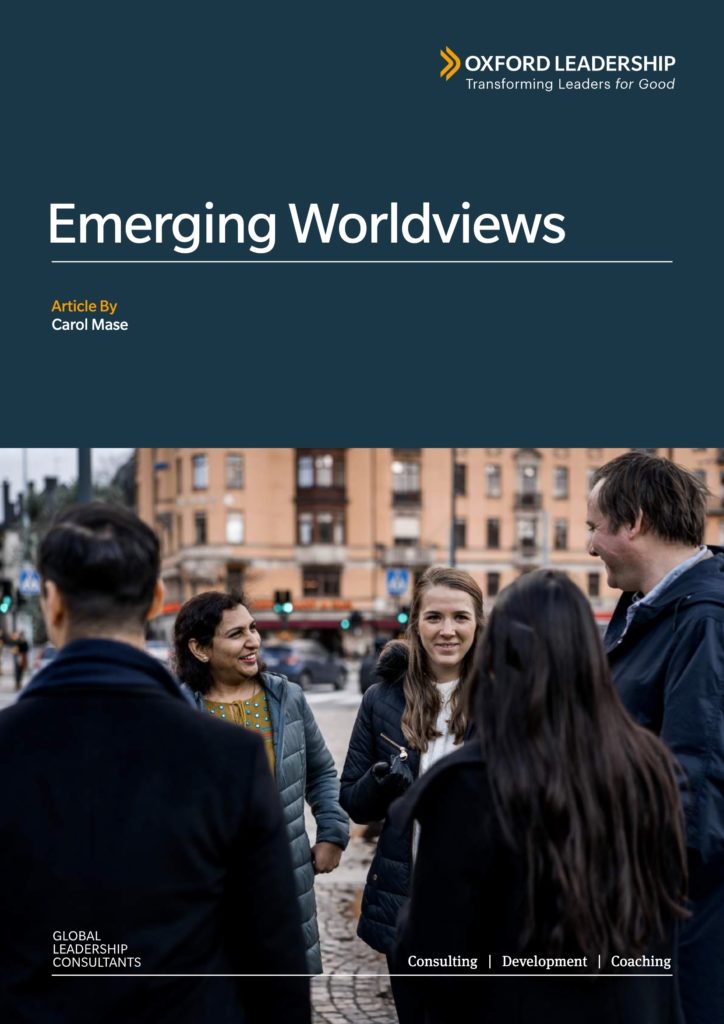
Stay up-to-date with our latest news:
Subscribe

